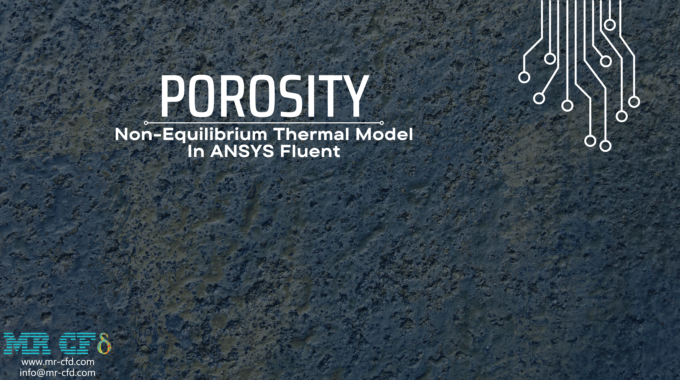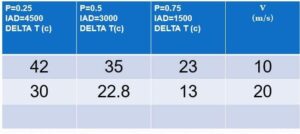
Non-Equilibrium Thermal Model in Porous Media
Thermal models in porous media
There are two available thermal models for the porous medium:
- The first model assumes the thermal balance between the fluid and the solid environment. This model assumes that the fluid and the solid are in thermal equilibrium and are at the same temperature during the simulation.
- The second model assumes thermal imbalance (Non-Equilibrium). The solid part can have a different temperature or heat flux compared to the fluid zone in this model.
Important parameters in the Non-Equilibrium thermal model:
Heat transfer coefficient and interfacial Area Density are defined as the ratio of the joint surface area of a fluid and a solid area to the volume of the porous area. A laboratory method should be used to obtain these parameters.
But for packed bed, a formula for calculating this parameter is provided (in terms of fluid porosity), which is as follows:
We extract this parameter for different porosities and calculate the temperature increase in these cases for different velocities. The results of this comparison are given in the table below.
*** As the porosity increases, the interface between the fluid and the solid region decreases, and consequently, the heat transfer decreases. ***
Here is one of the related practical exercises that existed in Learning Products:
Non-Equilibrium Porous Aluminum Foam Heat Sink, Paper Numerical Validation







Comments (0)